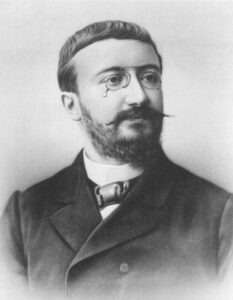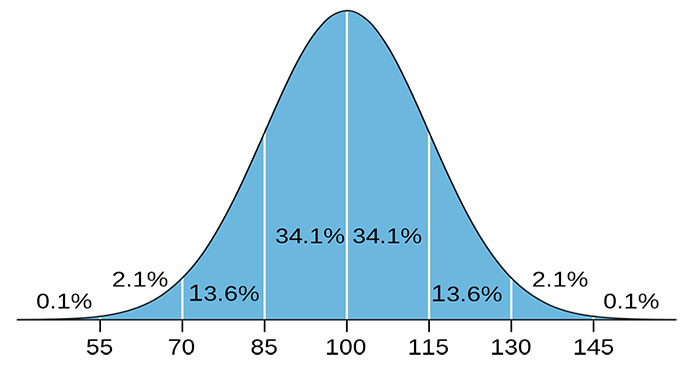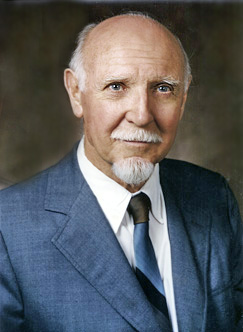IQ testing: defining and measuring intelligence
4 min read
Research on how to define and measure intelligence has been going on for more than a century. The academic debate is still open, and still evolving, on both fronts. What is intelligence? In order to measure such a broad concept, first of all, we must have it clear in our mind. Although experts have not yet been able to define it, over the years a number of models have been developed, from which it has been possible to create tests with a good predictive value on factors such as academic and occupational success. This is the large family of IQ tests, namely giving a quantitative measure of our own intellectual functioning.
Despite the earlier attempts in this field, the first test closer to the modern concept of measuring intelligence was the one developed by French psychologists, Alfred Binet and Théodore Simon. They were charged by the French government to create a tool that could accurately distinguish between children with normal intellectual functioning and those with special educational needs or learning disorders. Thus, in 1905, the first IQ test that best approximates today’s standards was designed: the Binet-Simon scale. This scale is based on the assumption that, although intelligence develops with age, individual differences within the same age groups remain stable over time.

As research progressed and new knowledge about intellectual functioning was gained, new tests were developed and existing tests evolved and were updated. Today, among the most widely used IQ tests there are the Wechsler tests and the Stanford-Binet scale itself, an evolution and upgrade of the original test from more than a century ago. While the Binet-Simon scale compared problem-solving abilities between children of the same age, modern tests measure a wider range of cognitive abilities and processes: vocabulary, mathematical skills, visual-spatial reasoning, memory, general knowledge, problem solving, abstract reasoning and much more. The scores obtained are then corrected to fit into a bell curve, the top of which is the average score of the reference population corresponding to 100. There are also IQ tests based on non-verbal measurements that allow their application even when verbal tests would be an obstacle, for instance, in the case of young children or subjects with communication difficulties.

Among these measures, several are also considered ‘culturally fair’, such as the tests created by Raymond Cattell. They are tests that measure intellectual functioning in an objective manner, excluding the influence of socio-economic and cultural factors that have historically been one of the major limitations in measuring intelligence. These tests are based on the distinction proposed by Cattell between crystallized intelligence and fluid intelligence. The former represents the ability to solve problems based on one’s own experience and knowledge, and is therefore strongly linked to culture, education and external variables; the latter defines the ability to solve new problems and identify patterns and relationships without any prior knowledge. By focusing on this, it is therefore possible to overcome one of the first limitations to measure intelligence. However, the limitations in using IQ tests do not end here.

A first criticism to these test categories is in fact the possible influence of what are defined as ‘test-taking skills’. Many of the tasks within these tests are, for example, multiple-choice ones. People who have been accustomed to taking such tests from an early age develop skills and strategies that do not relate to subject knowledge or problem-solving skills, but are specific to the type of test involved. Thus. it becomes unclear how to distinguish an individual’s intelligence from his or her ability to perform on similar tests. Another limitation is motivation. People who are more motivated to achieve a high score, as can happen when this is linked to a reward such as a better job, score higher.
The biggest limitation is in the nature of measurement itself. An attempt is made to represent a person’s total intellectual functioning with a single score, or a few more if sub-scales are taken into account. Intelligence is instead seen, from a modern perspective, according to multifactorial models that include components that are not easily measurable using classic tests. This includes, for example, musical intelligence, kinaesthetic intelligence and interpersonal intelligence, all of which are different forms of intelligence that most tests do not take into account but that can be decisive in an individual’s overall functioning.
There is still a long way to go to unlock all the secrets around the construct we call ‘intelligence’, intuitively a simple thing but a huge maze for experts. There are still limits to be overcome, definitions to be improved and a lot of research to be done. However, understanding what IQ is, how it is calculated and what the limits of this type of measurement are can help even the most inexperienced person to better understand what we are talking about when we want to measure intelligence, how these measurements really work and what reality they reflect in everyday life.
Source text: TEST DEL QI: DEFINIRE E MISURARE L’INTELLIGENZA by Francesco Alonci
Mi chiamo Giorgia Padovani e sono appassionata di lingue straniere da sempre. Nel corso degli anni ho studiato diverse lingue, arrivando a conseguire una laurea magistrale in interpretariato e traduzione con inglese e russo. Sono curiosa di natura e penso che ogni occasione sia buona per imparare qualcosa di nuovo. Ho vissuto le esperienze migliori della mia vita all’estero, prima in Cile e poi a Londra. Credo fortemente che il mondo sia troppo grande e vario per rimanere sempre e solo in un posto. Per questo mi definisco radicata, ma con lo sguardo rivolto al mondo. Tra le mie passioni, oltre ai viaggi, ci sono la lettura, la fotografia, il cinema e i musical







